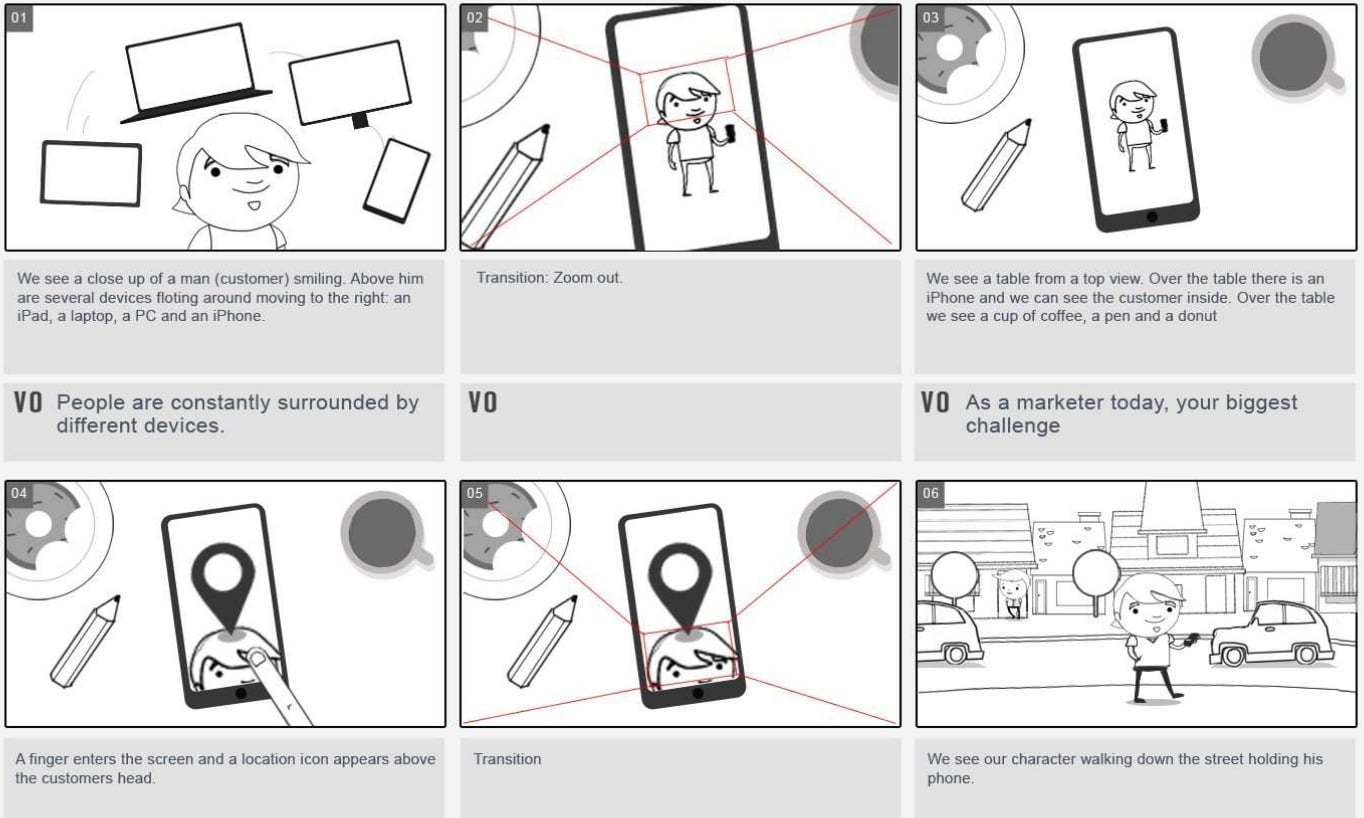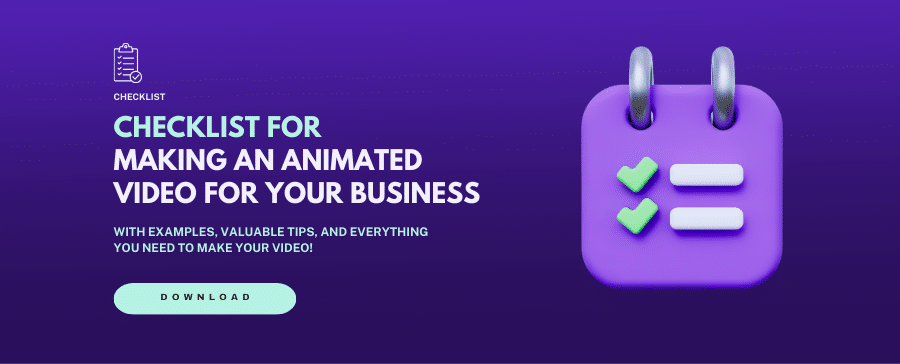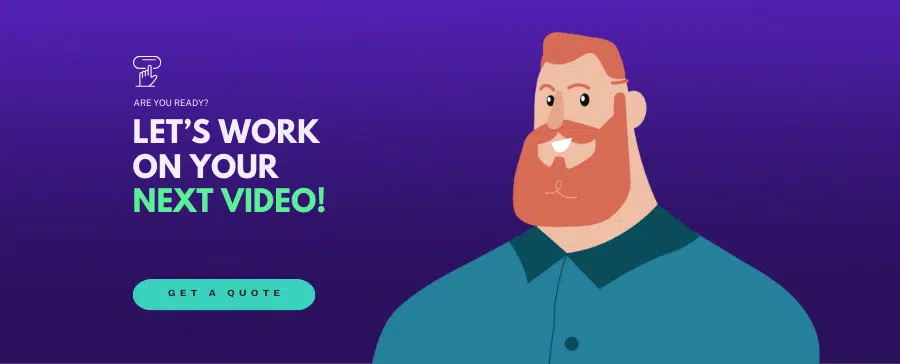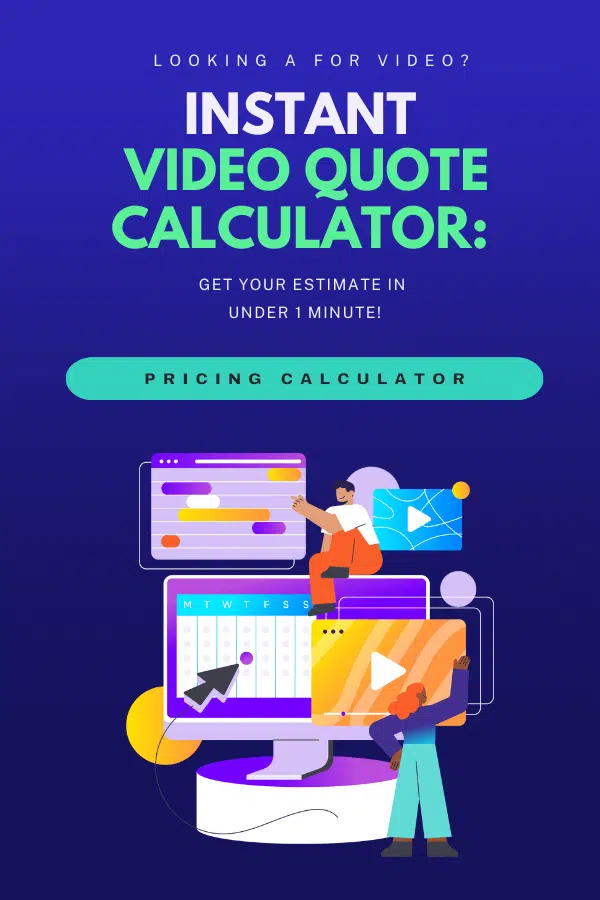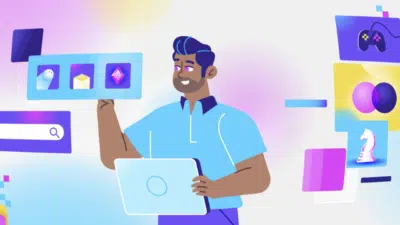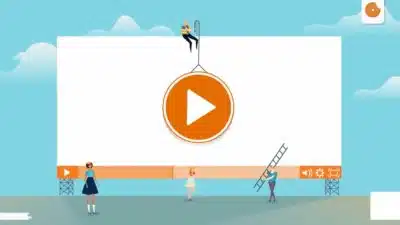How to Make an Explainer Video (And How Long Does It Take?)
13/08/24
Author: Florencia Corazza
9 min reading
Video ProductionStrategy
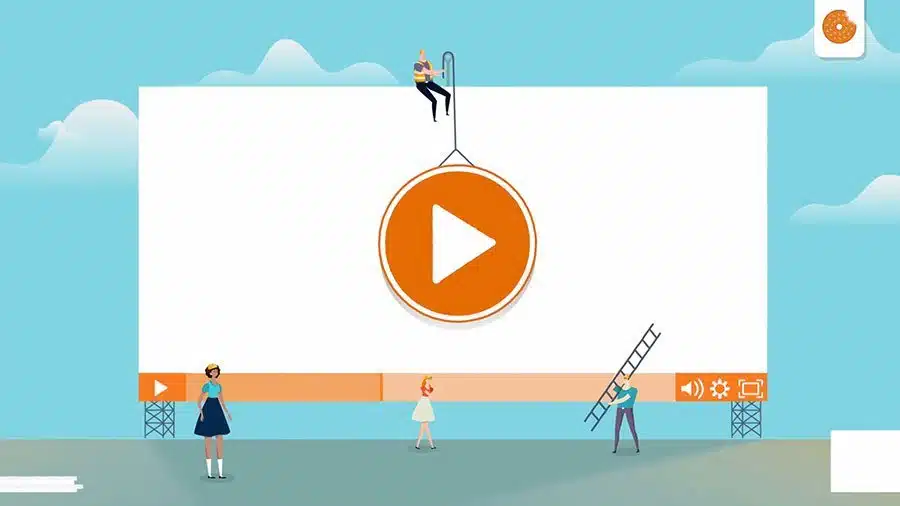
As you might as well know already, animated explainer videos have become a necessity for businesses and organizations looking to communicate their message effectively. These short, engaging pieces of content can break down complex ideas into easy-to-understand visual stories, making them a popular choice for marketing, training, and education. But do you know how to make an explainer video?
The process involves a series of structured steps, crucial to ensuring the final product is clear, engaging, and aligned with your goals. It not only ensures that the video effectively conveys the intended message but also that it resonates with the target audience, maintaining their interest and prompting action.
So, it should come as no surprise that thoroughly understanding each stage can help you better manage your project and set realistic expectations for timelines and outcomes. In this blog post, I’ll walk you through the step-by-step process as well as discuss how long it takes to make an explainer video and the factors influencing the production timeline.
(Explainer example by explainer video company Yum Yum Videos.)
How to Make an Explainer Video
Now, let me give you what you came here for, an explanation of the steps in the explainer video process:
1. Develop Your Concept
The first step in creating an explainer involves identifying your marketing goals and the key message you want to convey, brainstorming ideas, and understanding your target audience. This is called “concept development” and the goal is to determine how best to present your message so it effectively reaches your audience in a way they can easily understand and retain it.
Knowing your audience well is crucial, so thoroughly research their preferences, pain points, and the most effective way to communicate with them.
Now, you can decide on the type of explainer video that best suits your goals and your audience’s preferences, be it animated, live-action, or any other style. Then, you’ll have to decide on the video’s tone and style, making sure they’re consistent with your brand’s voice and identity.
2. Write Your Script
The next step in learning how to make an explainer video is to write the script. This is the backbone of your explainer, as it’ll provide the narrative to guide the animation and thus, the rest of the explainer video process. Your script should be concise, engaging, and informative, which I know is easier said than done!
So, start by drafting a text that clearly explains your main points in a logical sequence. Keep the language simple and avoid jargon to ensure it is easily understandable by a broad audience. Make sure your explainer video script has a clear beginning, middle, and end, with a compelling hook at the start to grab attention and a strong call to action at the conclusion.
3. Design Your Storyboard
Storyboarding is the process of visualizing the script. It involves creating a series of sketches or digital images that represent each scene in the video. This step helps in planning the visual elements and ensures that the narrative flows smoothly from one point to the next.
During this step in the process of how to make an explainer video, you’ll map out the key scenes and transitions, aligning them with the script. This allows you to visualize how the story will unfold and make adjustments before moving on to animation or live shooting. It’s also an opportunity to determine the pacing and timing of each scene, ensuring that the video maintains a good flow and keeps viewers engaged.
Storyboards can range from simple sketches to detailed illustrations, depending on the complexity of the video and the preferences of the production team. Once the storyboard is ready, it’ll serve as a visual guide for the next stages of production, providing a clear blueprint for animators, designers, and other team members to do their job.
4. Work on Your Illustrations and Animate Them
With the voiceover recorded and storyboard in hand, it’s time to move on to one of the most fun stages in the process of how to make an explainer video: visual design and animation. In this step, you’ll create the actual visual elements of the video. Whether it’s animated characters, motion graphics, or live-action footage, the goal is to bring the script and storyboard to life in a coherent and visually appealing way that resonates and impresses your target audience.
In the case of animated explainer videos, animators will begin by creating the illustrations (that is, the characters, backgrounds, and other elements), then animate them according to the storyboard. This process can often be quite time-consuming because it requires high attention to detail and a good understanding of timing and motion. For live-action videos, this stage involves shooting the scenes, followed by editing and post-production.
Visual design also includes choosing colors, typography, and other design elements that align with your brand identity. Consistency in visual style is crucial to maintaining a professional look and feel.
5. Record Your Voiceover
Once the script and storyboard are approved, the next step in how to make an explainer video is voiceover recording. A professional voiceover can add personality and clarity to your explainer and make the content more engaging and easier to understand. For that reason, choosing the right voiceover artist, with a tone and style that matches the video’s message and audience, is crucial.
So, you must select a voiceover artist who can deliver the script with the right emphasis, pacing, and intonation. Of course, you may need to audition several artists to find the perfect fit, but once you’re happy with your choice, provide them with clear instructions and context for the script to ensure they understand the nuances and key points.
If your budget allows it, I highly recommend that the recording process be done in a professional studio to ensure the utmost high-quality audio. It might make the overall explainer video cost go up a bit, but it’s a well known fact that poor audio quality can detract from the overall effectiveness of the video and make audiences click or swipe away.
(Explainer video example by Yum Yum Videos.)
6. Sound Design and Music
Many people don’t think much about this step when learning how to make an explainer video, but sound design and music play a significant role in enhancing the overall impact of the piece. In fact, good sound design can make the visuals more dynamic and engaging, while appropriate background music sets the tone and mood.
So, you need to select or create the sound effects, background music, and any additional audio elements that will complement your video. Make sure that you choose resources that properly align with your video’s tone and the emotions you want to evoke in your audience. Bear in mind that sound effects should be used sparingly and purposefully to emphasize key actions or transitions in the video, not to overwhelm and distract the viewer.
Once you’ve selected all your audio elements, you need to mix and synchronize them with the visuals to ensure a seamless final product. The sound design phase may also include fine-tuning the voiceover and balancing audio levels to ensure clarity and consistency throughout the video.
How Long Does It Take to Make an Explainer Video?
There are many factors that can influence how long the explainer video production process takes, and thoroughly understanding them before embarking on a new project can help you plan more effectively and set realistic expectations for delivery.
- Complexity of the Concept: The more abstract or detailed the idea or message, the longer it may take to develop a clear and concise script and storyboard. Simplifying complex concepts into engaging visuals for SaaS explainer videos, for instance, requires additional time and creativity.
- Type of Video: Different video styles, such as animated, live-action, or whiteboard, have varying production timelines. Some animation styles, like 3D explainer videos, can be more time-consuming due to the detailed work involved in creating and animating characters and scenes.
- Approval Process: The time taken for approvals at each stage of the process can significantly impact the overall timeline. Delays in feedback or multiple rounds of revisions can extend the production schedule.
- Resource Availability: The availability of key resources, such as voiceover artists, animators, and sound designers, can also affect the timeline. Scheduling conflicts or the need to hire additional talent can lead to delays.
- Technical Requirements: High-quality production requires professional equipment and software, and technical issues or the need for specialized tools can increase production time.
With all that being said, a professional company that truly knows how to make an explainer video can take anywhere from 2 weeks to a few months to make an explainer, depending on the complexity of the script and the style chosen. If you opt to use an explainer video maker, your piece could be ready in as little as a few days, with a different result in terms of quality and personalization, of course.
Wrapping Up
Creating an effective explainer is a multifaceted process that requires careful planning, creativity, and collaboration. By understanding each step, from concept development to sound design, you can ensure a smooth production process and a final product that effectively communicates your message.
While several factors can influence the production timeline, being aware of these and planning accordingly can help mitigate delays and ensure your video is completed on time. Investing in a well-crafted explainer can significantly enhance your communication strategy, making complex ideas accessible and engaging for your audience.

Florencia Corazza – Content Writer and Co-Editor
A skilled writer, translator, and co-editor for our web and blog content. As a self-defined "wordsmith," she’s talented in adapting the latest marketing news into all kinds of digital formats. If she’s not watching the latest Sci-Fi show on Netflix, then can find her tending to her perfectly reasonable number of plants.

